The city of Bristol has been one of England’s economically and culturally leading cities over the last many centuries and it hosts a number of interesting sights. Not least, the trade along the river has made its mark since industrialization, and the artificially created river port now forms an environment for many cultural activities, promenades and simply boasts a nice atmosphere.
There are several museums in the city. Among them is the great ship SS Great Britain, which was the world’s largest when constructed in 1843. You can also get the story of the English colonial history in the city, which also offers art, entertainment and really good shopping.
Bristol’s location on the River Avon is stunningly beautiful. Immediately west of the city core, the rocks rise majestically at the banks of the river in Avon Gorge, which is one of the area’s unforgettable scenic places. Here you can enjoy the view or start a tour through the western part of Bristol, which offers Victorian architecture and other things worth seeing.
The city is also the gateway to wonderful trips into south west England. You can easily reach the towns of Bath and Wells. Bath’s hot springs attract many tourists and it can be a stop on the way to Stonehenge. And in less than an hour you can reach the Welsh capital of Cardiff in the other direction.
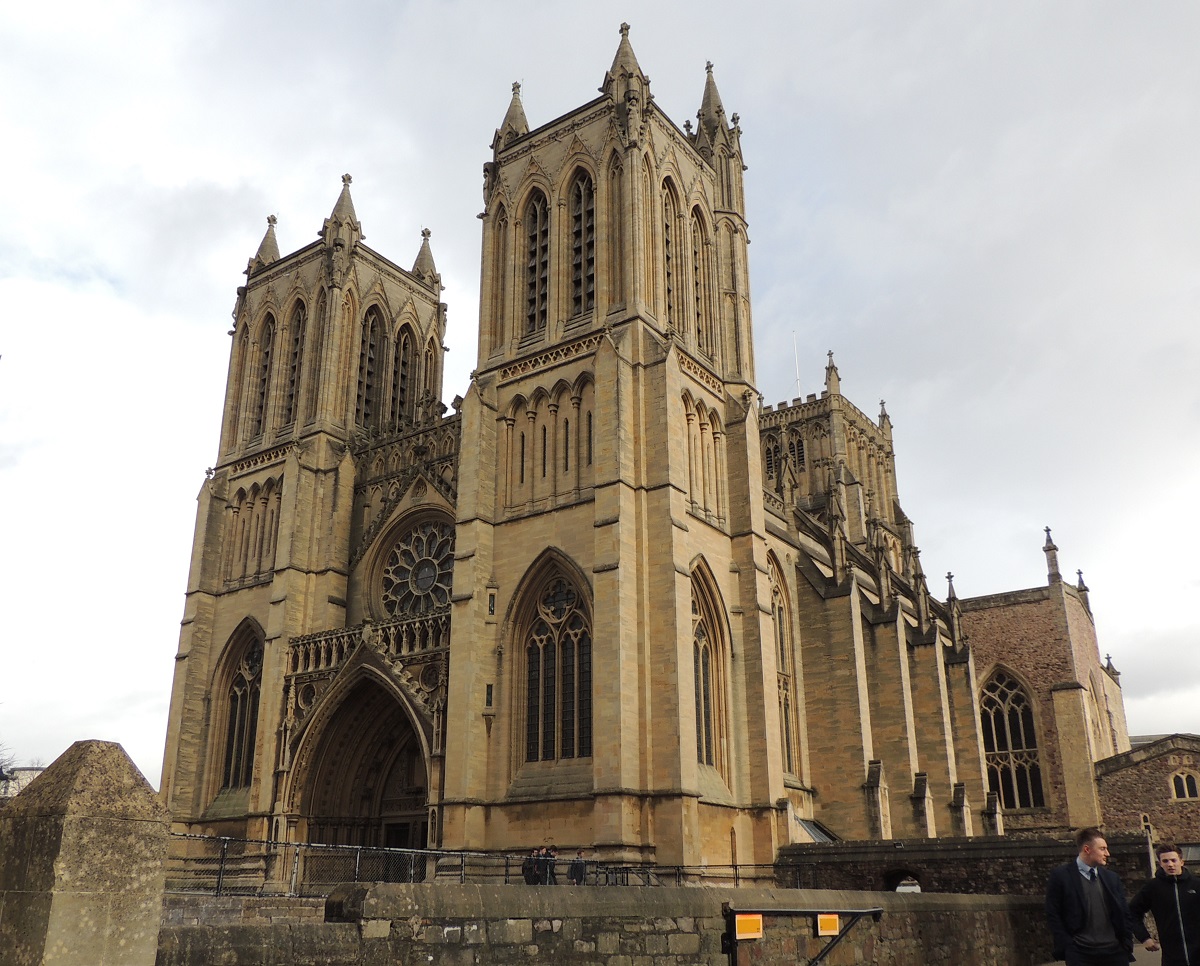
Bristol Cathedral is the city’s impressive main church, and it is a beautiful architectural sight with a great atmosphere. The church was founded in 1140, but today’s building dates from centuries of construction.
One of the lovely sights of Bristol is the areas along the harbor. Floating Harbour is the city’s port facility from the time as one of England’s leading maritime cities, where many quays and basins were created using locks.
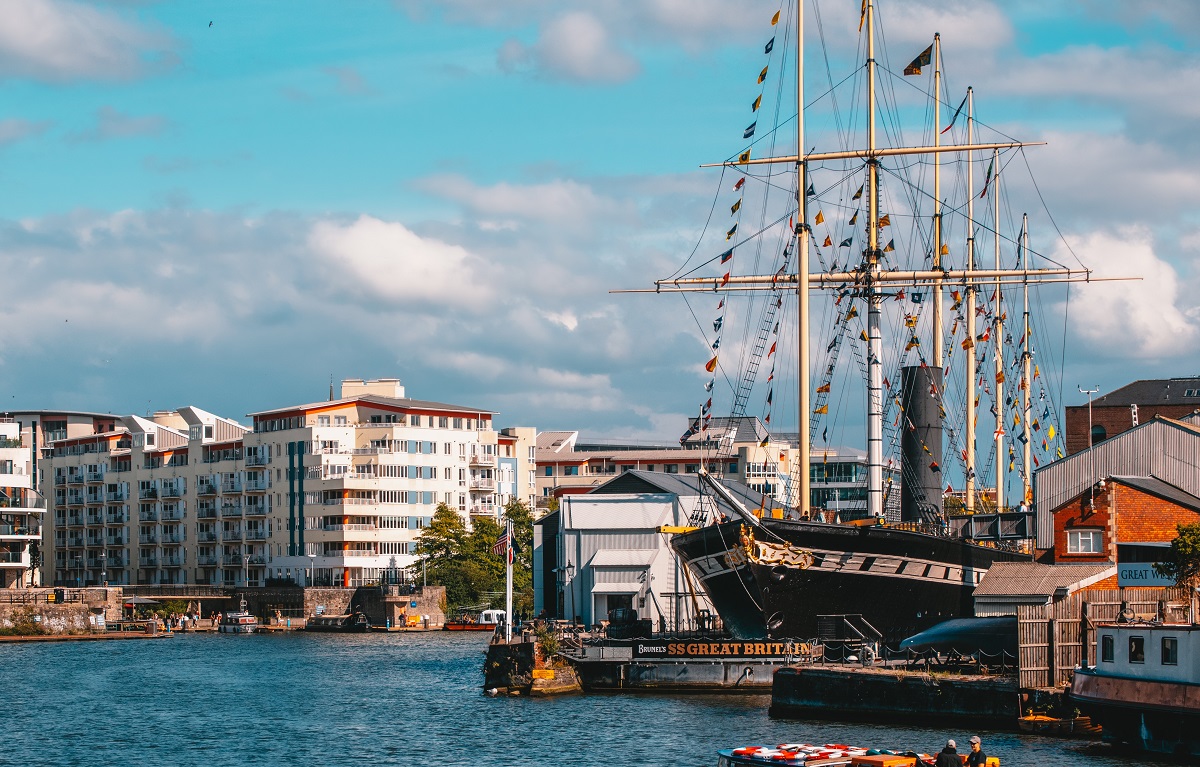
The SS Great Britain is a ship from 1843 exhibited in a dock in Bristol’s old industrial port; Floating Harbor. At the time of its construction, the ship was by far the largest in the world, and it was the first vessel with a combination of an iron hull and screw propellers.
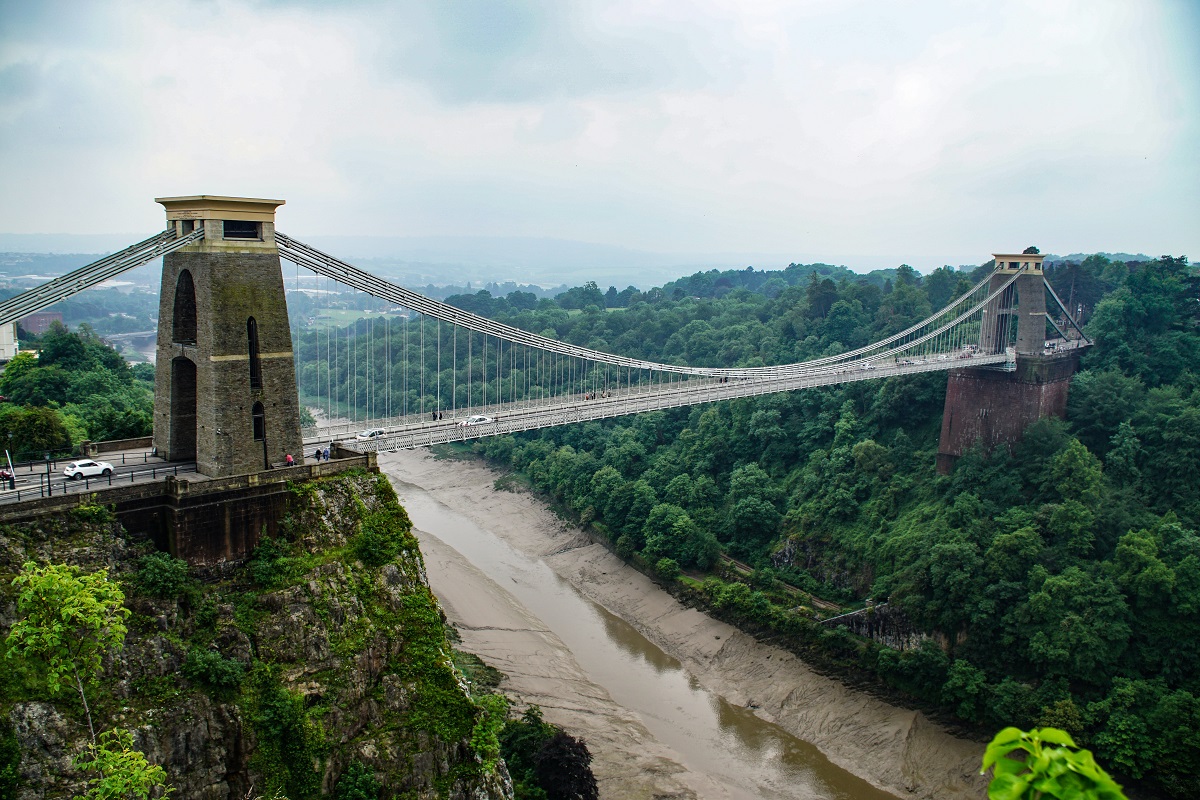
The Clifton Suspension Bridge is a suspension bridge built over the River Avon and the very beautiful Avon Gorge. The bridge with the surroundings is almost like a landscape from an exotic place.
The Exchange was built 1741-1743 by John Wood the Elder as the Bristol Stock Exchange. His construction is the only one of its kind preserved from 18th-century England, and it stands beautifully in the cityscape with Corinthian columns.
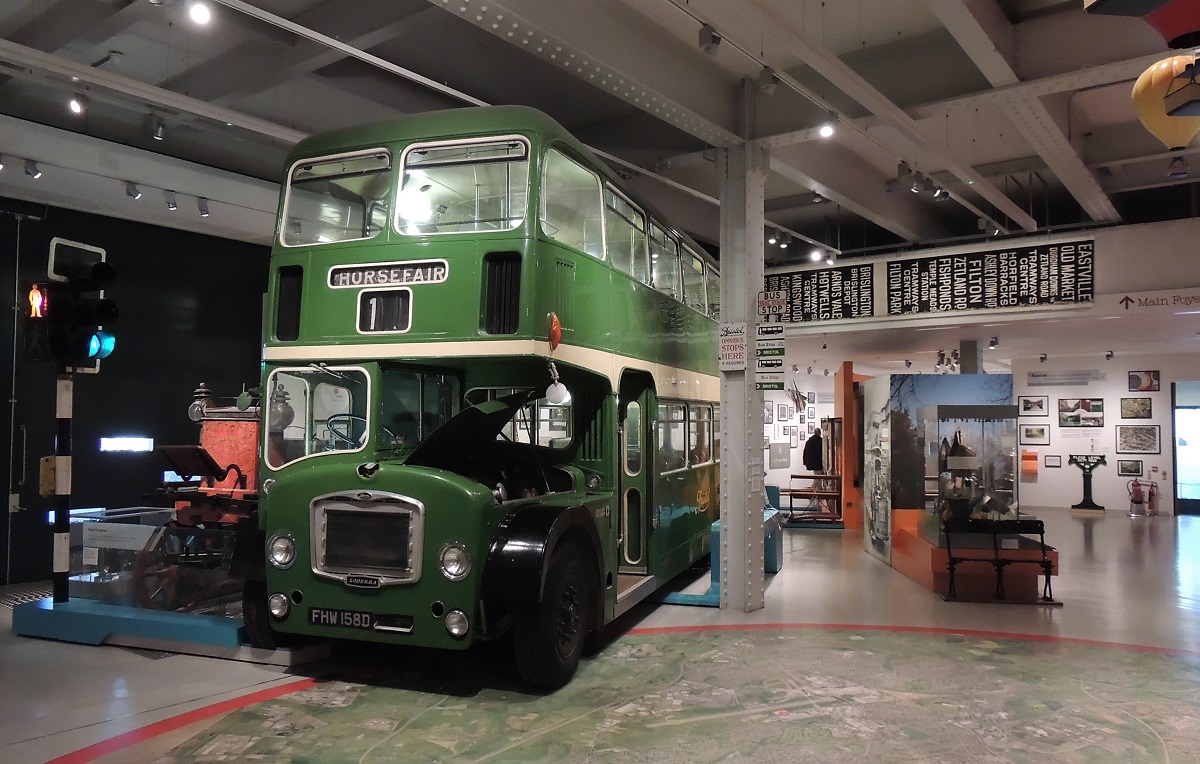
M Shed is the name of one of the museums that make up Bristol’s City Museum. The name comes from a harbor building from the time when the place was an industrial harbor. See the exhibitions Bristol Life, Bristol People and Bristol Places at the exciting museum with lots of effects and urban history.
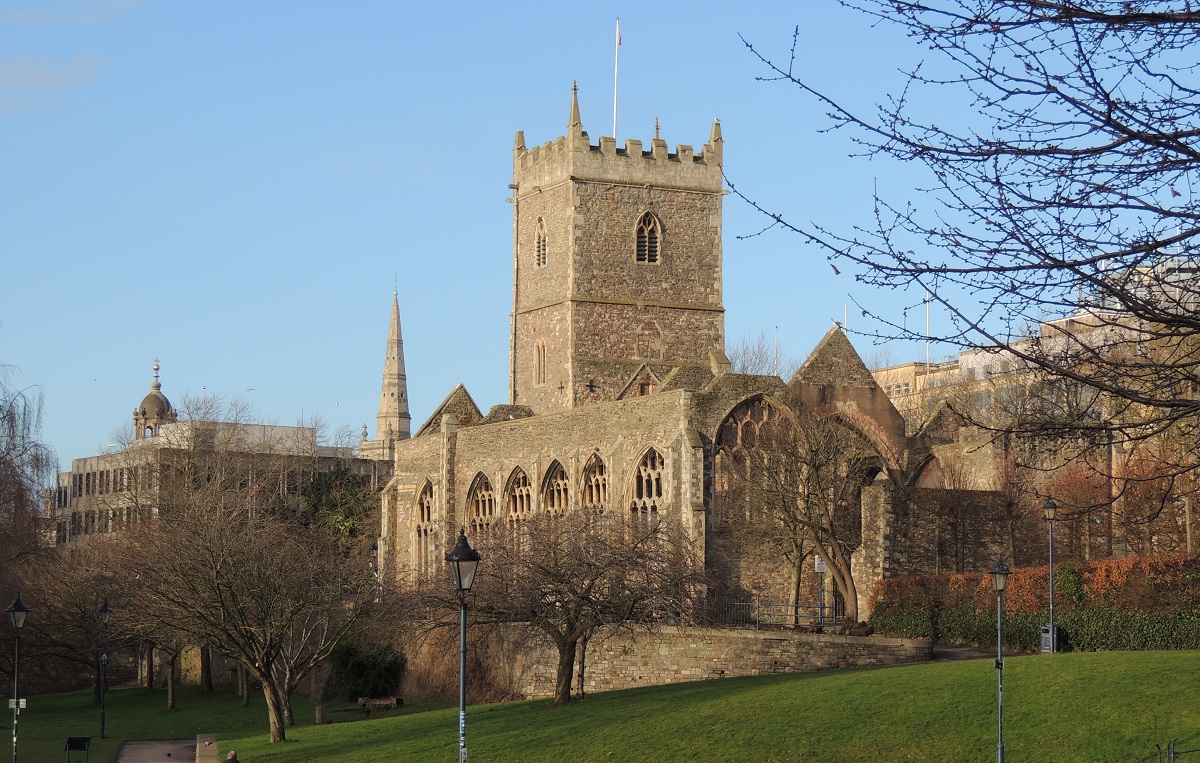
In Castle Park, which is beautifully situated along the water, you can see the church ruins of St Peter’s Church. The church was built in the 12th century and was bombed in 1940 by the Germans.
In the 19th century, engineer Isambard Kingdom Brunel put Bristol on the industrial world map, and it led to significant growth in the city. Time developed new business, and from the Victorian city, The Grand stands as a beautiful hotel.
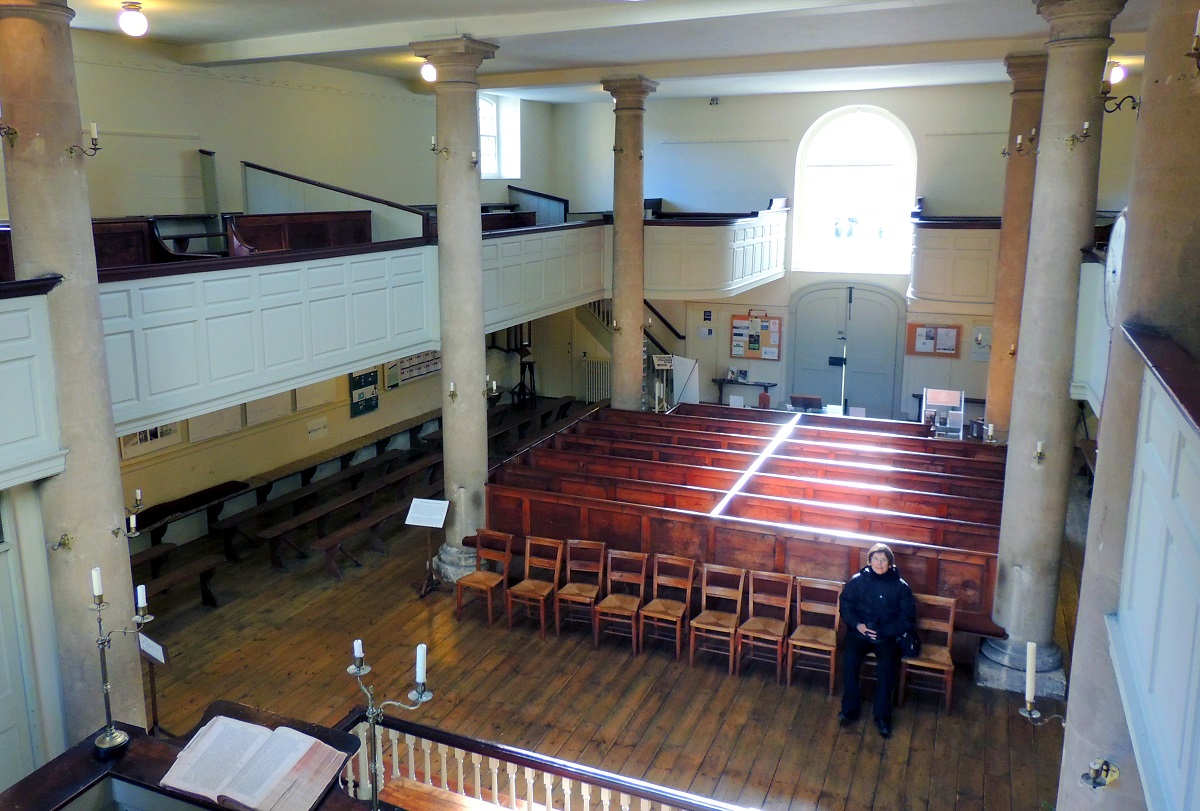
The New Room is the name of the oldest Methodist church in the world. It was built in 1739 by John Wesley, who together with his brother Charles formed Protestant Methodism.
Red Lodge houses the Red Lodge Museum, which is a gem with its elegantly decorated Tudor-style rooms. It was built in 1580 as an annex to a larger mansion located at the present Colston Hall.
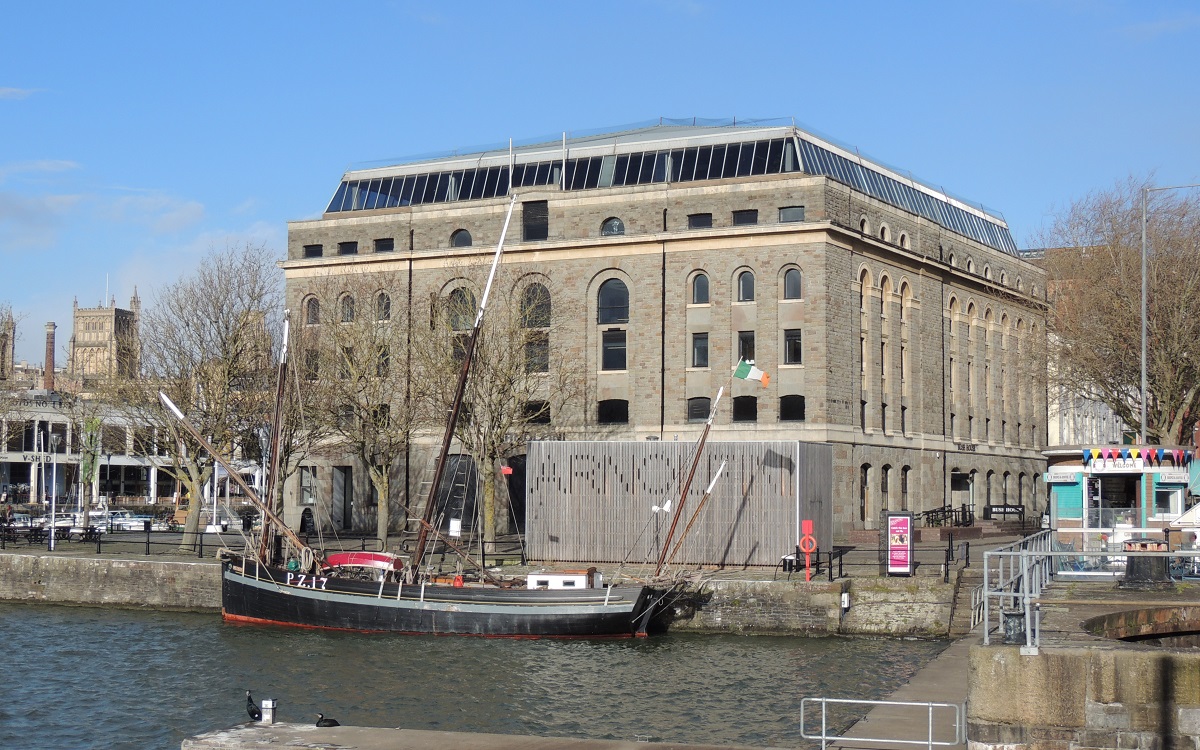
At the Arnolfini Art Museum you can see modern art in a number of forms of expression. The museum was founded in 1961 and has been in the former tea warehouse, Bush House, since 1976.
The Cabot Tower is a lookout tower erected in 1897 to commemorate the 400th anniversary of the Italian explorer Giovanni Caboto’s voyage from Bristol to America in 1497.
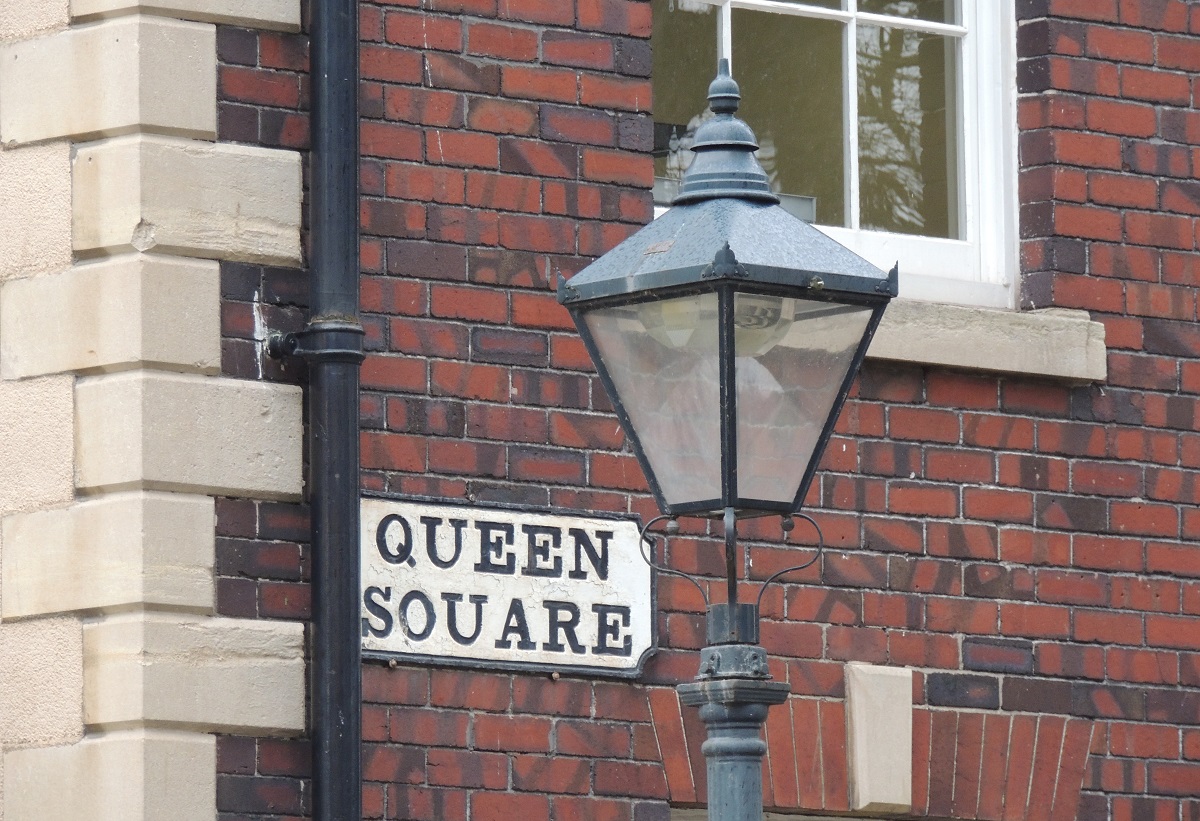
Queen Square is one of Bristol’s elegant squares. It was planned in 1699 and laid out in the period until 1727. There is a equestrian statue of King William III in the center of the small park on the square.
Georgian House is a fine example of a typical Georgian town house. It was built in the years 1788-1791 and has been open as a museum since 1937.
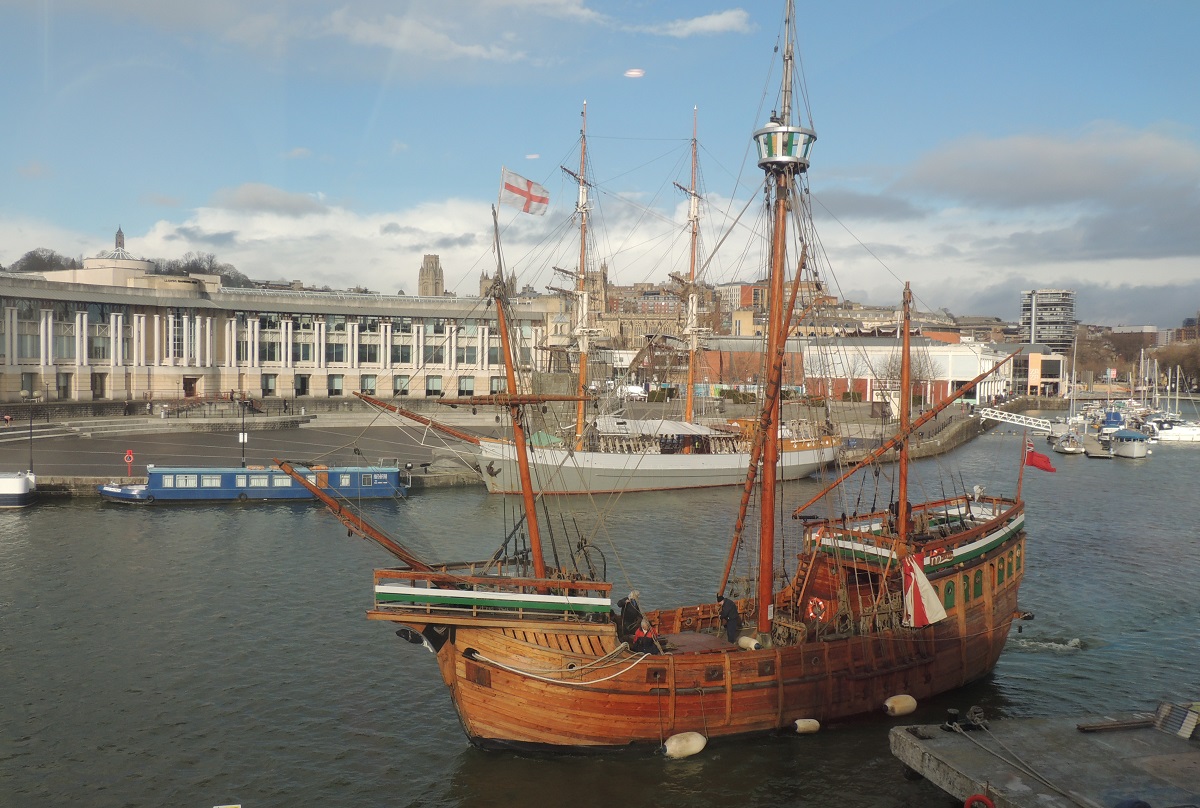
The Matthew is a replica of the ship used by Italian Giovanni Caboto when he sailed from Bristol in 1497 and on the voyage became the first European since the Vikings to set foot on the American mainland.
The Crusader Temple Church was founded in the 12th century by Robert, who was the first Earl of Gloucester. The church has been a ruin since World War II.
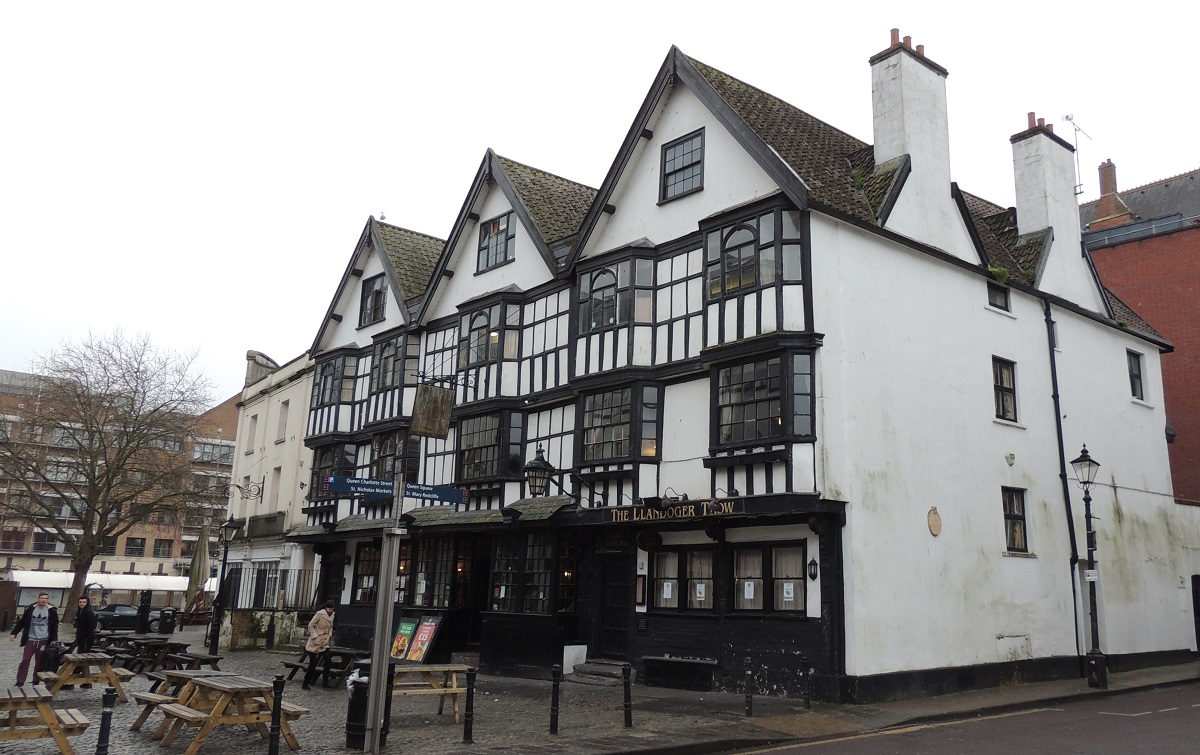
On a stroll down King Street you can see Llandoger Trow, a beautifully preserved row of houses with three gables; the row was built in 1664 and named after a village north of Bristol.
St Mary Redcliffe Church is an Anglican parish church located in the Bristol borough of Redcliffe. It is characterized by its impressive tower height of 90 meters/295 feet.
Clifton Cathedral is Bristol’s Roman Catholic cathedral. The planning of the building started in 1965, and after three years of construction, the modern church was consecrated in 1973.
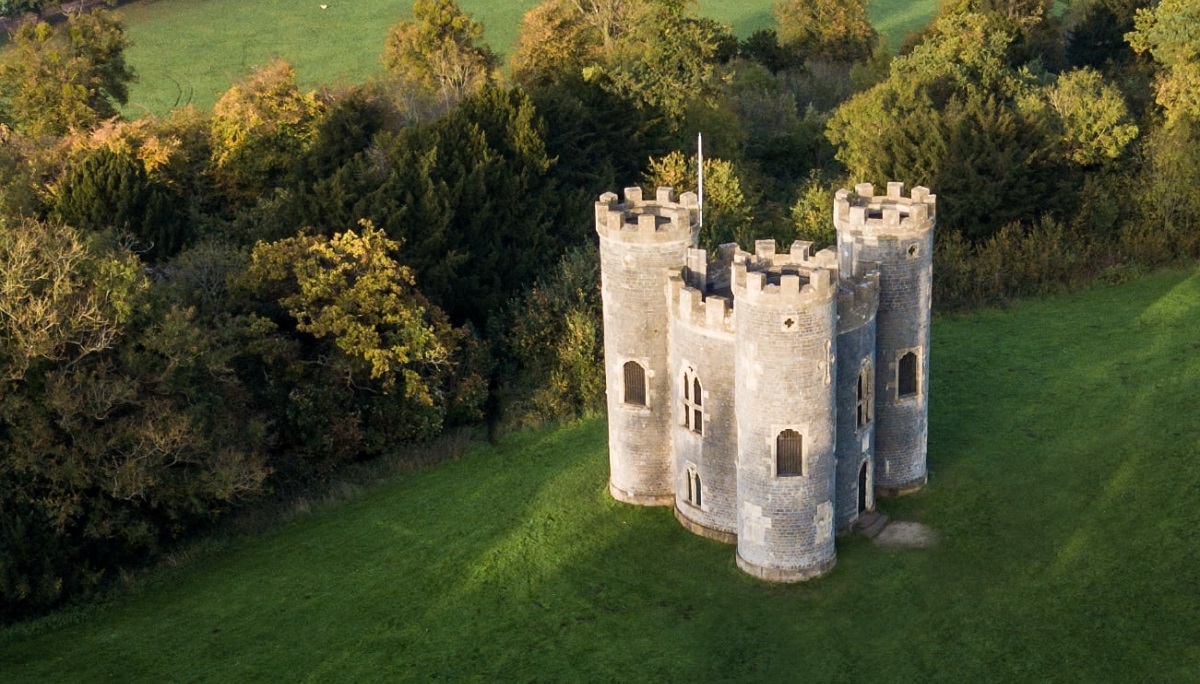
Blaise Castle is a fine 18th-century manor house immortalized by Jane Austen in the novel Northanger Abbey, where she described it as “the finest place in England”. The castle is beautifully situated at the Avon Gorge.
The city of Gloucester is a bishopric near the border with Wales. It was founded in the year 97 by the Romans. The city’s primary attraction is Gloucester Cathedral, whose history dates back to an abbey from around the year 680.
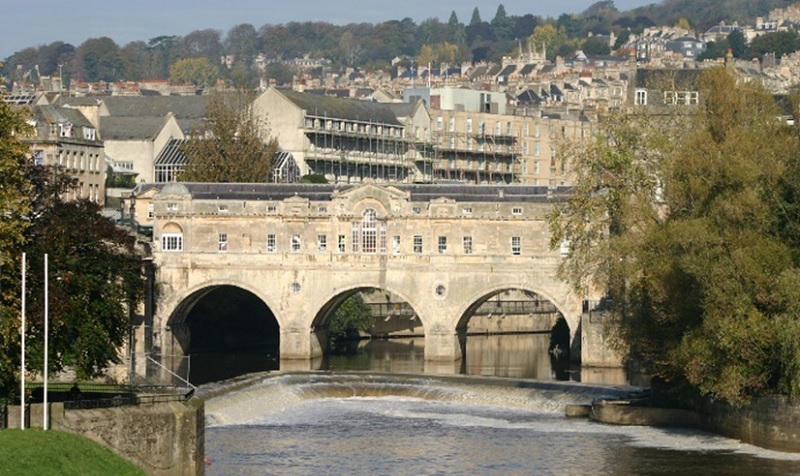
A trip to the city of Bath is almost like coming back to the Roman Empire. Throughout the center there are either ruins or finds from the city’s past as a Roman city under the name Aqua, and today’s Bath also houses distinguished English architecture from eg the Georgian period.
The town of Wells is by English standards quite small with about 10,000 inhabitants, but it attracts many tourists with a status as an old episcopal see, where the very beautiful and interesting Wells Cathedral is located.
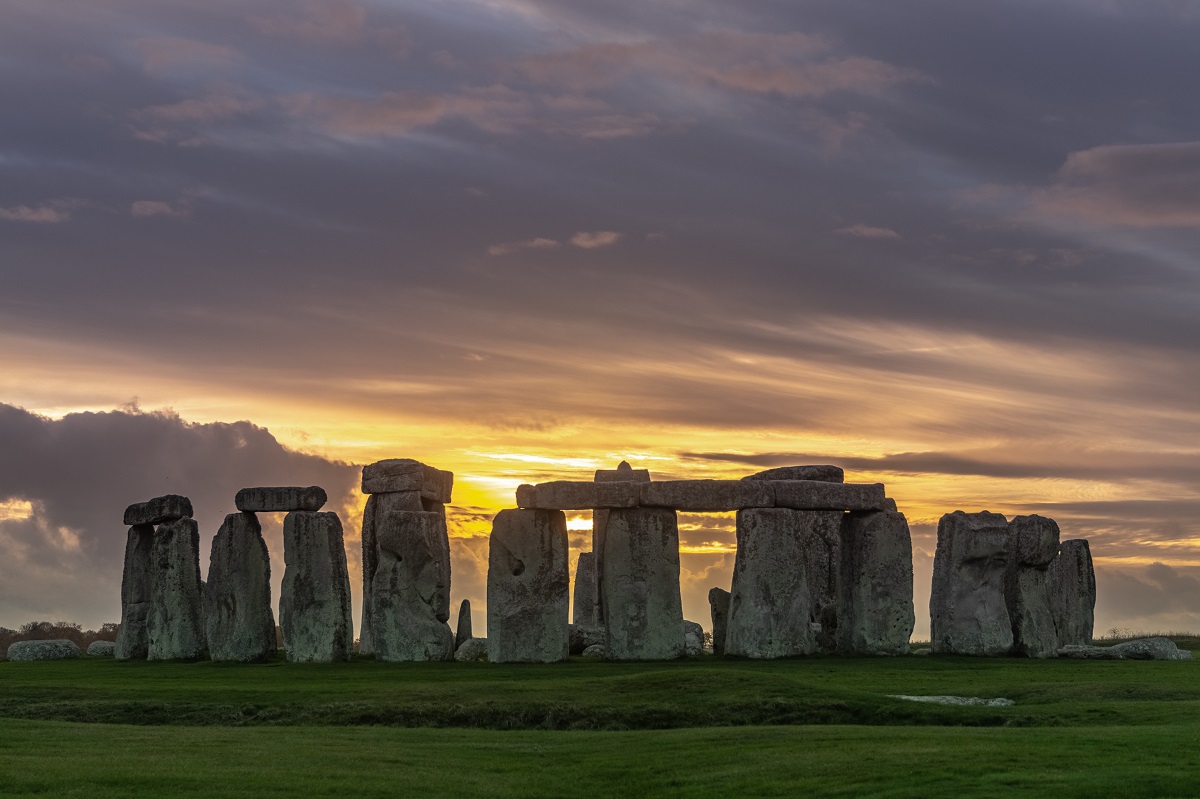
The prehistoric monument Stonehenge with its stone circles has amazed the modern world for many years. The question is why and how these huge megaliths have been lined up here on the Salisbury Plains.
On a trip to the city of Cardiff you can see Wales and experience the Welsh that form part of the United Kingdom. As a Welsh capital, there is of course a lot to see and experience such as the city castle, the city center and the harbor area at Cardiff Bay.
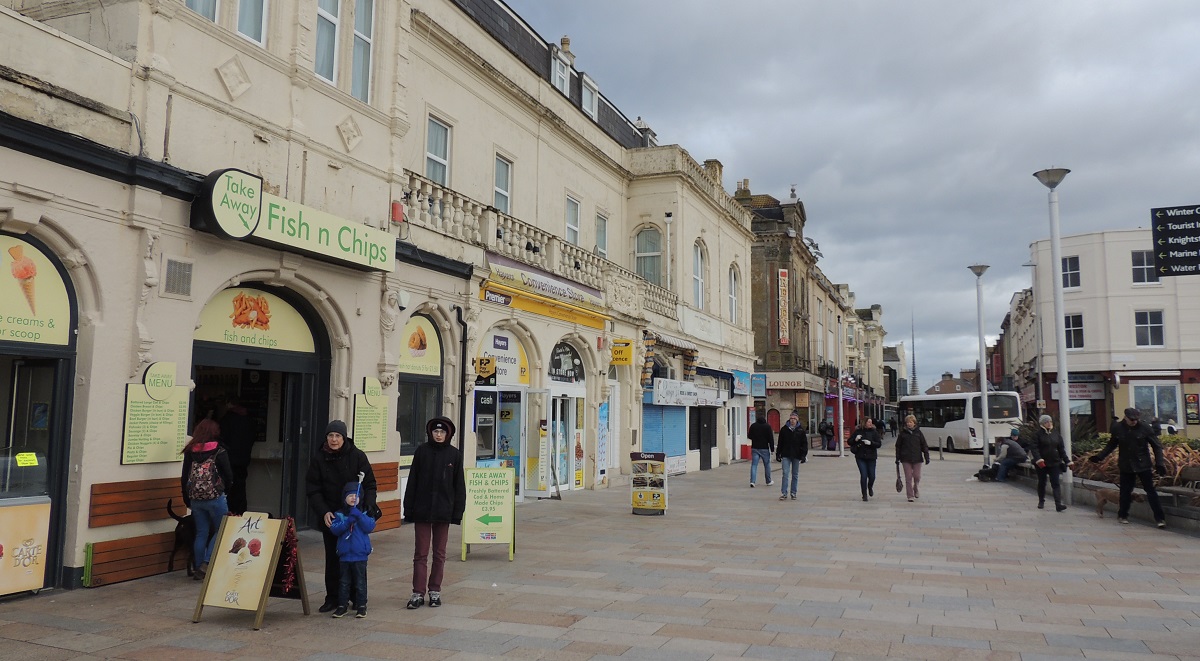
Weston-super-Mare is a popular seaside resort located on the shores of the Bristol Channel. In season, there are many visiting holiday and bathing guests who enjoy the mild climate and the city’s beaches.
38-46 Broadmead
bhs.co.uk
69 Broadmead
bristolbroadmead.co.uk
Broad Walk, Knowle
broad-walk.co.uk
Glass House
cabotcircus.com
Boyce’s Avenue
cliftonarcade.co.uk
79-82 Broadmead
marksandspencer.com
Broadmead
galleriesbristol.co.uk
25 Union Gallery
themall.co.uk
Broad Street, Corn Street, Small Street, Broadmead, Merchant Street, Union Street, The Horsefair, Penn Street, Old King Street
At-Bristol
Anchor Road
at-bristol.org.uk
Bristol Zoo
Guthrie Road
bristolzoo.org.uk
Bristol Aquarium
Anchor Road
bristolaquarium.co.uk
M Shed
Princes Wharf
bristol.gov.uk/museums
SS Great Britain
Great Western Dockyard, Gasferry Road
ssgreatbritain.org
Bristol Harbor Railway, Princes Wharf
bristol.gov.uk/museums
Seaquarium
Marine Promenade, Weston-super-Mare
seaquarium.co.uk
Founded Bristol originated as a town in the 11th century, then by the name of Brycgstow, which means the place by the bridge. As the name suggests, it was a transitional site and after the actual settlement was established, the castle of Bristol Castle was erected in defense of the area. Already in the 12th century the river Avon was used as a port, and not least the English trade with Ireland went this way.
The city flourished, and production and shipbuilding were some of the things that attracted more and more people to the city. By the middle of the 1300s, Bristol with up to 20,000 inhabitants had become the third largest in the country; only surpassed by London and York.
However, the population decreased, not least with the plague’s intake in 1348-1349. This gave a setback to the development, but the population remained above the 10,000, which was a larger city by the scale of the time.
In 1373, King Edward III announced that the city of Bristol should now and forever be the city of its own region, Bristol County, and it was the first recognition of the city’s status as the center of the South West Anglia.
In 1497, Italian explorer Giovanni Caboto sailed from Bristol to America. Caboto was hired by England and is called here by John Cabot. The journey was to be the first since the Viking era when Europeans set foot on the American mainland. Bristol had England’s second largest port and lay to the west, so it was a natural place to start the trip on the ship Matthew. Cabot is believed to have landed at Cape Bonavista on the island of Newfoundland.
In 1542, Bristol received commercial property rights, and on the same occasion the Abbey Church of St. Augustine exalted to the status of the city’s cathedral. Bristol again saw a growth that lasted for the following centuries, interrupted only by the English Civil War in the mid-17th century, where both fighting and disease broke out.
It was not least the colonial trade that brought growth to England and to Bristol from the 17th and 18th centuries. There was a lot of money in the slave trade, and by the 18th century about 2,000 slave ships were getting ready in Bristol to sail from Africa to North America.
Stopped for slave trade in 1807, war with France and English industrialization, which started in the new industrial cities of central and northern England, gave competition to traditional economic centers such as Bristol, and plans were made for the expansion of the city’s port, so the tide in The Avon River was not an obstacle to constant shipping.
The harbor was built, but in Bristol some industry also grew, and through the 19th century the population exploded from 66,000 in 1801 to more than 300,000 at the turn of the century.
One of the industries that emerged in the 1900s was aircraft production, and because of that, Bristol became a bomb target during World War II.
The industries were of course the specific targets, but also central Bristol around Broadmead and Bristol Castle was heavily bombed, and you can still see preserved ruins from that time.
In the post-World War II era, Bristol has been marked by two things; partly the reconstruction of the city core and partly the relocation of the primary port to the town of Avonmouth at the mouth of the Avon River. The reconstruction of the city center has, among other things, created the Broadmead shopping center, and then preserved the central park where Bristol Castle used to be.
A major change in the city was created with the relocation of the industrial port from the old Floating Harbor in the middle of the city to Avonmouth, located eleven miles along the River Avon to the northwest. The old port areas are now increasingly giving the city a new spirit hole with newly constructed walks and good experiences along the water.
Overview of Bristol
The city of Bristol has been one of England’s economically and culturally leading cities over the last many centuries and it hosts a number of interesting sights. Not least, the trade along the river has made its mark since industrialization, and the artificially created river port now forms an environment for many cultural activities, promenades and simply boasts a nice atmosphere.
There are several museums in the city. Among them is the great ship SS Great Britain, which was the world’s largest when constructed in 1843. You can also get the story of the English colonial history in the city, which also offers art, entertainment and really good shopping.
About the upcoming Bristol travel guide
About the travel guide
The Bristol travel guide gives you an overview of the sights and activities of the English city. Read about top sights and other sights, and get a tour guide with tour suggestions and detailed descriptions of all the city’s most important churches, monuments, mansions, museums, etc.
Bristol is waiting for you, and at vamados.com you can also find cheap flights and great deals on hotels for your trip. You just select your travel dates and then you get flight and accommodation suggestions in and around the city.
Read more about Bristol and England
Buy the travel guide
Click the “Add to Cart” button to purchase the travel guide. After that you will come to the payment, where you enter the purchase and payment information. Upon payment of the travel guide, you will immediately receive a receipt with a link to download your purchase. You can download the travel guide immediately or use the download link in the email later.
Use the travel guide
When you buy the travel guide to Bristol you get the book online so you can have it on your phone, tablet or computer – and of course you can choose to print it. Use the maps and tour suggestions and you will have a good and content-rich journey.
Bristol Cathedral • Avon Gorge • Floating Harbour • SS Great Britain
Overview of Bristol
The city of Bristol has been one of England’s economically and culturally leading cities over the last many centuries and it hosts a number of interesting sights. Not least, the trade along the river has made its mark since industrialization, and the artificially created river port now forms an environment for many cultural activities, promenades and simply boasts a nice atmosphere.
There are several museums in the city. Among them is the great ship SS Great Britain, which was the world’s largest when constructed in 1843. You can also get the story of the English colonial history in the city, which also offers art, entertainment and really good shopping.
About the upcoming Bristol travel guide
About the travel guide
The Bristol travel guide gives you an overview of the sights and activities of the English city. Read about top sights and other sights, and get a tour guide with tour suggestions and detailed descriptions of all the city’s most important churches, monuments, mansions, museums, etc.
Bristol is waiting for you, and at vamados.com you can also find cheap flights and great deals on hotels for your trip. You just select your travel dates and then you get flight and accommodation suggestions in and around the city.
Read more about Bristol and England
Buy the travel guide
Click the “Add to Cart” button to purchase the travel guide. After that you will come to the payment, where you enter the purchase and payment information. Upon payment of the travel guide, you will immediately receive a receipt with a link to download your purchase. You can download the travel guide immediately or use the download link in the email later.
Use the travel guide
When you buy the travel guide to Bristol you get the book online so you can have it on your phone, tablet or computer – and of course you can choose to print it. Use the maps and tour suggestions and you will have a good and content-rich journey.

In Castle Park, which is beautifully situated along the water, you can see the church ruins of St Peter’s Church. The church was built in the 12th century and was bombed in 1940 by the Germans.
In the 19th century, engineer Isambard Kingdom Brunel put Bristol on the industrial world map, and it led to significant growth in the city. Time developed new business, and from the Victorian city, The Grand stands as a beautiful hotel.

The New Room is the name of the oldest Methodist church in the world. It was built in 1739 by John Wesley, who together with his brother Charles formed Protestant Methodism.
Red Lodge houses the Red Lodge Museum, which is a gem with its elegantly decorated Tudor-style rooms. It was built in 1580 as an annex to a larger mansion located at the present Colston Hall.

At the Arnolfini Art Museum you can see modern art in a number of forms of expression. The museum was founded in 1961 and has been in the former tea warehouse, Bush House, since 1976.
The Cabot Tower is a lookout tower erected in 1897 to commemorate the 400th anniversary of the Italian explorer Giovanni Caboto’s voyage from Bristol to America in 1497.

Queen Square is one of Bristol’s elegant squares. It was planned in 1699 and laid out in the period until 1727. There is a equestrian statue of King William III in the center of the small park on the square.
Georgian House is a fine example of a typical Georgian town house. It was built in the years 1788-1791 and has been open as a museum since 1937.

The Matthew is a replica of the ship used by Italian Giovanni Caboto when he sailed from Bristol in 1497 and on the voyage became the first European since the Vikings to set foot on the American mainland.
The Crusader Temple Church was founded in the 12th century by Robert, who was the first Earl of Gloucester. The church has been a ruin since World War II.

On a stroll down King Street you can see Llandoger Trow, a beautifully preserved row of houses with three gables; the row was built in 1664 and named after a village north of Bristol.
St Mary Redcliffe Church is an Anglican parish church located in the Bristol borough of Redcliffe. It is characterized by its impressive tower height of 90 meters/295 feet.
Clifton Cathedral is Bristol’s Roman Catholic cathedral. The planning of the building started in 1965, and after three years of construction, the modern church was consecrated in 1973.
Similar to Bristol Travel Guide
There are no listings matching your search.
Reset